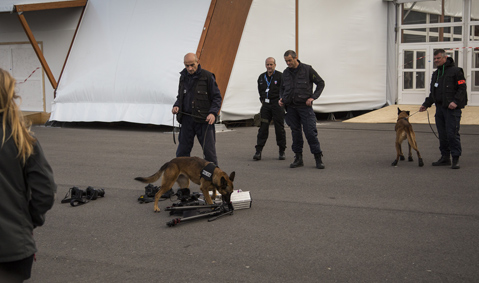The Paris Project: Day 1
2015 United Nations Climate Change Conference Kicks Off Amid High Hopes and Heavy Hearts
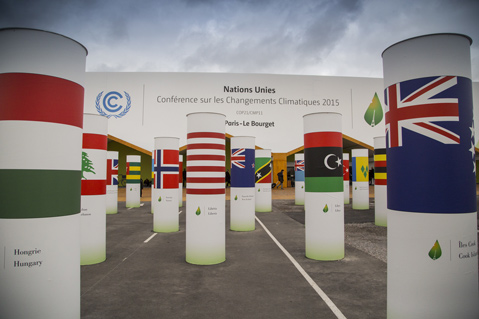
And so it begins. On Monday, under seasonably grey and chilly skies, the much-heralded 2015 United Nations Climate Change Conference (COP21) got underway in Paris with hopes of forging a binding international treaty targeting the wholesale reduction of global CO2 emissions.
The leaders of more than 150 nations were there for the pomp-and-circumstance-rich opening ceremonies, an unprecedented attendance record for the annual two-week gathering that, when taken in concert with the recent terror attacks in the City of Lights, underscores the supreme gravity with which the world at large views our planet’s health.
As conference president and French Foreign Minister Laurent Fabius put it Monday morning, “The stakes are too high and the menace of climate change too great for us to be content with a minimalistic agreement. The heads of state and government who have come to Paris have come to express the voice of ambition.”
Six years ago, the COP (Conference of the Parties) convened in Denmark’s capital city of Copenhagen with similar designs; 1992’s Kyoto Protocol was expiring at the end of the year, and the clock was ticking to broker a new multinational agreement aimed at minimizing mankind’s role in global warming. Though a deal was achieved in the final hours of that conference (The Copenhagen Accord), it was more of a stop-gap measure than a hard-hitting evolution of the Kyoto deal. Nonbinding and purposely vague in nature, it was decried by environmental groups the world over for being a failure.
The race has been on ever since to build off the Copenhagen Accord and replace it, once and for all, with a long-term deal that better addresses the vast and varied issues related to climate change. This effort, unfolding as the planet has enjoyed a string of the hottest years on record and a steadily increasing amount of historic weather events, is coming to a head in Paris during the next 11 days.
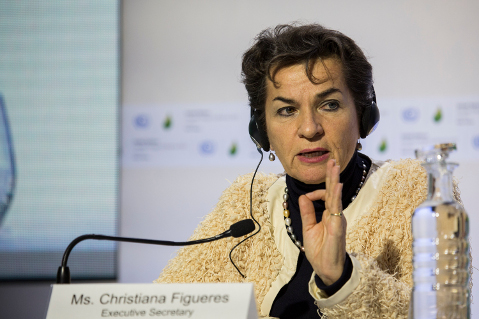
“After many years of hard work, we finally see irreversibility of direction, depth of engagement, and boldness of action. This turning point is remarkable, but the task is not done,” said conference Executive Secretary Christiana Figueres in her opening remarks to the leaders. “Never before has a responsibility so great been in the hands of so few. The world is looking to you. The world is counting on you.”
Described by officials as the “biggest summit ever in France and the largest climate conference in history,” COP21 is bringing together representatives from more than 180 countries, nearly 1,000 nongovernment organizations, and untold scores of scientists, activists, and journalists at the sprawling Le Bourget facility just north of Paris. The goal is to get all of those countries to sign off on a legally binding document that memorializes their pledges to cut carbon emissions in such a way that global temperature rise will be kept at or below 2 degrees Celsius by the end of this century.
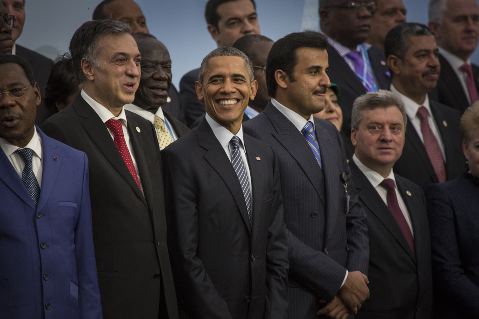
Of course, in a dynamic world market, any such agreement would also need to address financial mechanisms for incentivizing smaller carbon footprints from nations and economies big and small. The supreme difficulty in brokering such a compromise cannot be understated given all the different players with skin in the game.
Perhaps the largest potential stumbling block on the way to such an agreement is the historic difference of opinion about what exactly that document might look like between big dogs like the United States, Russia, and China and smaller, more imminently threatened and less cash-flush countries like the Maldives, Indonesia, and a majority of Africa and South America. In past conferences, this deep chasm has gridlocked talks to the point that progress is seldom made until the latter half of the final week, if at all. In fact, the very procedure and structure of the negotiations, something which needs to be approved by all parties involved, is typically argued over for at least the first few days.
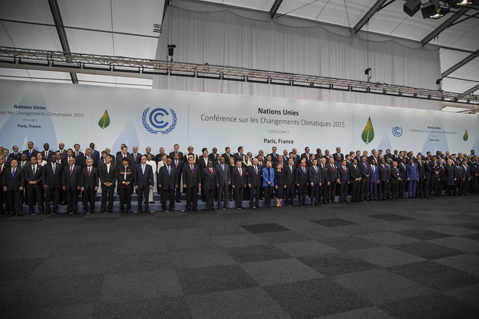
But if Day 1 is any indicator, COP21 is shaping up to be quite different. Not only were a record number of presidents and heads of state on hand to start the conference (as opposed to arriving at the end as they typically do, if they even show up at all); they also publicly declared their intentions in a day of mostly like-minded speeches, and the procedure for the conference was sanctified by lunch.
In one the most anticipated speeches, U.S. President Barack Obama offered, “The United States of America not only recognizes our role in creating this problem [climate change], but we embrace our responsibility to do something about it.” Russian President Vladimir Putin, a man rarely found on the same side of opinion as Obama, added just a short time later from the same pulpit, “Climate change has become one of the more grave challenges mankind faces.” Even Canada, who famously opted out of the Kyoto Protocol, was in attendance, pledging some $300 million annually for incentive efforts before the conference even started. “Canada is back, my friends,” declared Prime Minister Justin Trudeau. “We are here to help build an agreement that will do our children and grandchildren proud.”
While only time will tell if these proclamations will add up to something more than lip service, there were other, arguably more important signals of hope coming out of day Day 1. A sweeping and exceptionally well-funded public/private collaboration was announced between the international tech world and 21 countries, including the United States, Germany, Japan, and Korea. Aimed at jump-starting and supporting industry and businesses committed to making reliable zero-carbon energy available to everyone at an affordable rate, the agreement (known as the Breakthrough Energy Coalition led by Bill Gates on the private side and Mission Innovation on the government side) is a terrific step in the right direction for mitigating the fact that the 48 “least developed” countries at the summit are estimated to be on the hook for a combined $93.7 billion a year should they intend to actually implement their stated carbon-reduction plans.
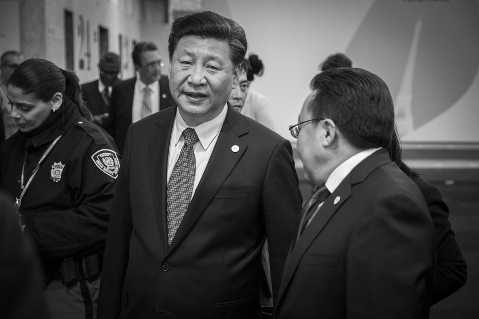
Then there was an announced pledge from Germany, Norway, and Sweden to pony up some $500 million toward helping subsidize the greening efforts of less economically fortunate countries. This promise includes an understanding from the World Bank Group to provide some $2 billion of investment and policy-related lending. There was also an ambitious Global Solar Alliance announced Monday afternoon by the leaders of France and India with expectations of paving the way for more sun-powered renewables in nations big and small. In hopes of leading the way, India’s Prime Minister Narendra Modi promised that India would be generating some 175 gigawatts of solar energy (roughly 40 percent-plus of its annual need) on a yearly basis by 2030. “We are guided by our ancient belief that people and the planet are inseparable; that human well-being and nature are indivisible,” said Modi.
Indeed it was a good first day here in Paris, if not tiring and slow-going due to exceptional security measures. There was a popular and hope-inspiring sentiment being shared in the various meeting rooms and hallways of Le Bourget, one that even President Obama paraphrased in his speech; we are the first generation to feel the effects of climate change, yet we are the last to truly be able to do anything about it. By the end of this conference, the world will know if that view is enough to motivate real and meaningful change. Stay tuned, sports fans, The Paris Project has only just begun…
